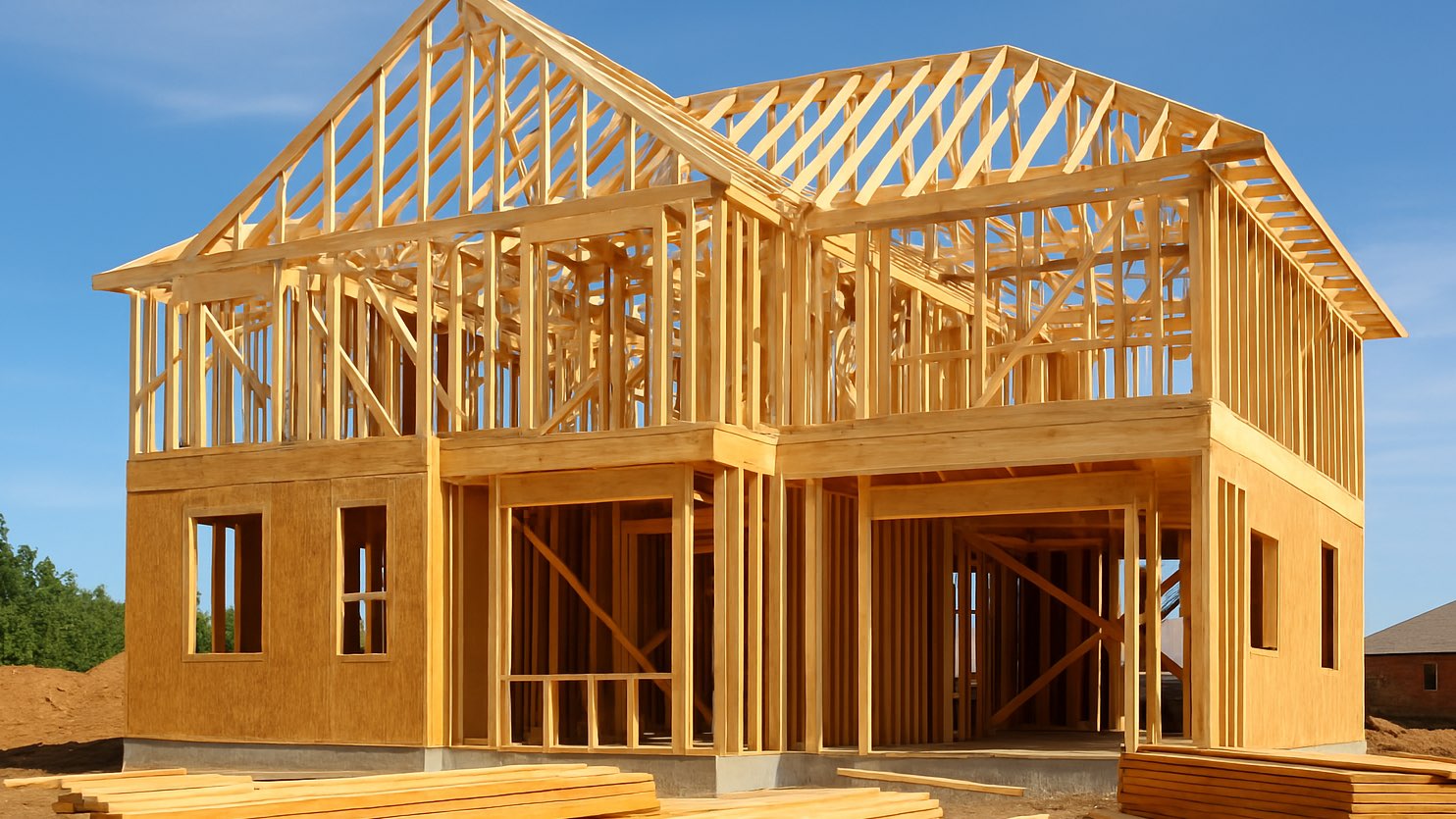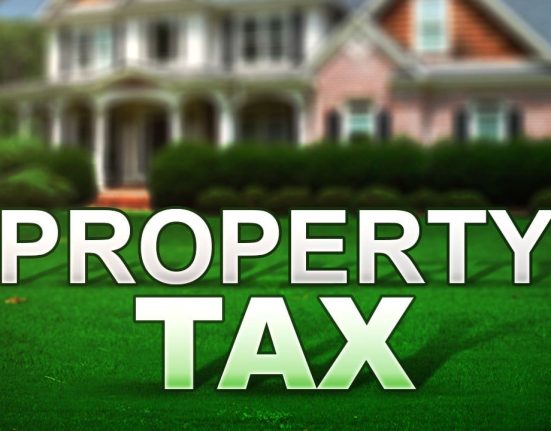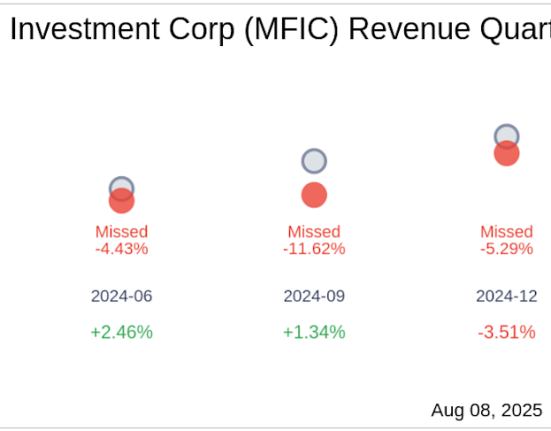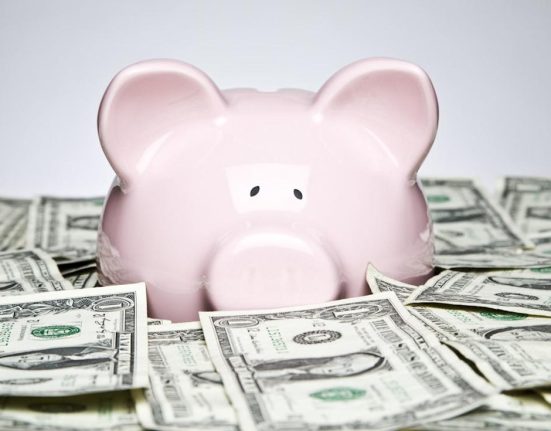President Donald Trump’s recent tariffs on imported goods are poised to influence the U.S. housing market in several key ways:
-
Rising Construction Costs: Tariffs on materials like lumber and steel are increasing building expenses, potentially leading to higher home prices.
-
Fluctuating Mortgage Rates: Economic uncertainties from the tariffs have caused mortgage rates to dip recently, offering temporary relief to buyers but uncertainty going forward.
-
Potential Market Slowdown: Higher costs and economic concerns may dampen buyer enthusiasm, affecting overall housing demand.
Increased construction costs
The implementation of tariffs on essential building materials has led to increased construction costs. For instance, tariffs on Canadian softwood lumber and imported steel have raised prices for these materials, directly impacting the cost of building new homes.
Tariffs on Canadian wood aren’t new. The U.S. has had ongoing trade disputes with Canada over softwood lumber, a critical material for homebuilding. It has periodically imposed tariffs and duties on Canadian lumber, arguing that Canadian producers benefit from unfair government subsidies.
These tariffs have significantly increased the cost of lumber during key periods, notably impacting housing affordability. During the 2000s and in the late 2010s, tariffs contributed to price spikes in lumber, severely impacting the cost of new homes and renovations.
Builders often pass these additional expenses onto consumers, resulting in higher home prices and exacerbating affordability challenges.
Fluctuating mortgage rates
The economic uncertainty stemming from the tariffs has influenced mortgage rates. Recently, the average rate for a 30-year mortgage dipped slightly to 6.64%, providing modest relief for potential homebuyers.
Many housing economists expect the average rate on a 30-year mortgage to remain around 6.5% this year.
Lower mortgage rates can help spur home sales by make homeownership more affordable. At the same time, many Americans may put off buying a home if they’re worried about losing their job or taking a hit on their stock portfolio during an economic downturn.
“It remains to be seen whether relief from mortgage rates will spur buyers to make a move in 2025, or if the broader economic conditions will slow things down,” said Joel Berner, senior economist at Realtor.com.
Potential market slowdown
The combination of rising construction costs and economic uncertainty may lead to a slowdown in the housing market. Homebuilders are facing increased expenses and potential reductions in profit margins, which could result in decreased construction activity.
Additionally, potential homebuyers may hesitate due to higher prices and concerns about the broader economic outlook, potentially reducing demand in the housing market.
While the full impact of the tariffs is still unfolding, stakeholders in the housing market should prepare for potential shifts in pricing, interest rates, and overall market dynamics.







